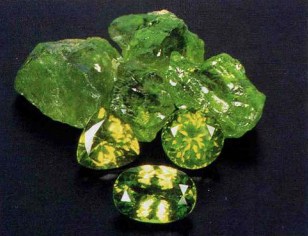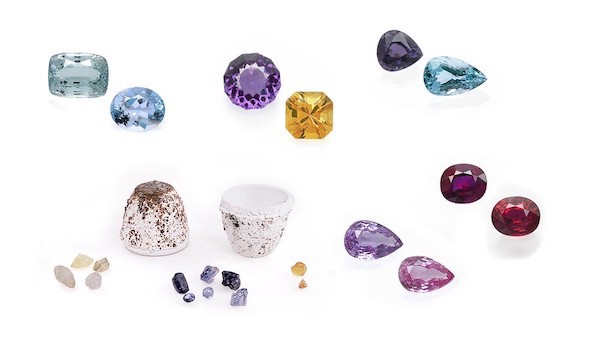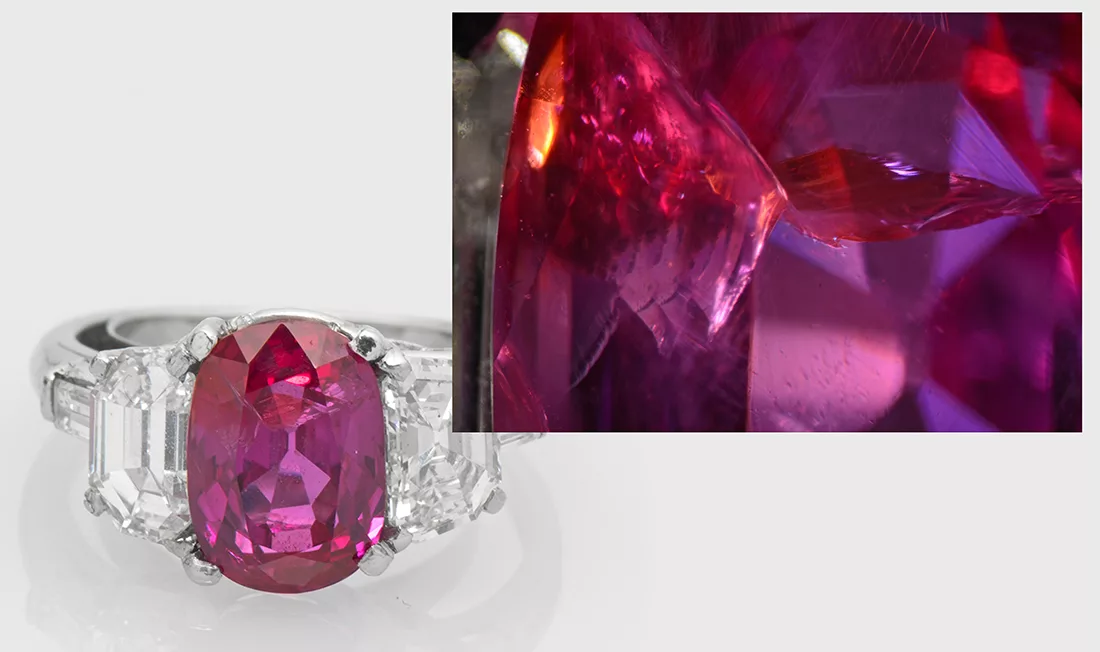
Rubies with Oil in Fissures
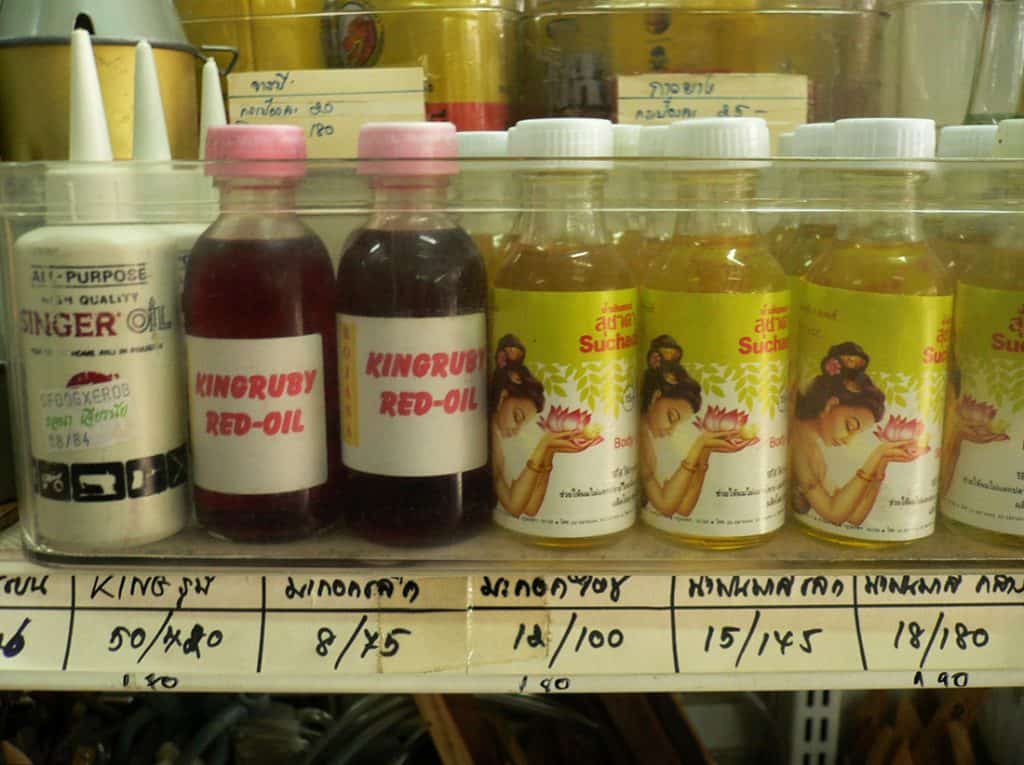
by Dr. Michael S. Krzemnicki, first published in Facette 23 (February 2017)
The matter is actually very simple. Any gem material with fissures is prone to be treated with a fissure filler to reduce the visibility of fissures (Figure 1). Astonishingly, the understanding of this basic concept has only penetrated the trade when it comes to emeralds. For all other gemstones, many gemstone dealers react totally surprised when explained that the gemstone they submitted contains a filler substance in fissures. Although such treatments are known since historic times (Nassau 1994), and should be of no mystery to anybody in the field of gemstones, it is unfortunately a fact that fissure filled gemstones still today are often not properly disclosed at the point of sale.
Over the past few years, the SSEF has repeatedly seen gemstones (apart from emeralds) which contained fissures filled with oil or other fillers. These include rubies, sapphires, spinels, tourmalines, garnets and even rarities such as pezzottaite (see article in this Facette). We could however not observe a notable increase of such clarity enhanced gems in recent years.
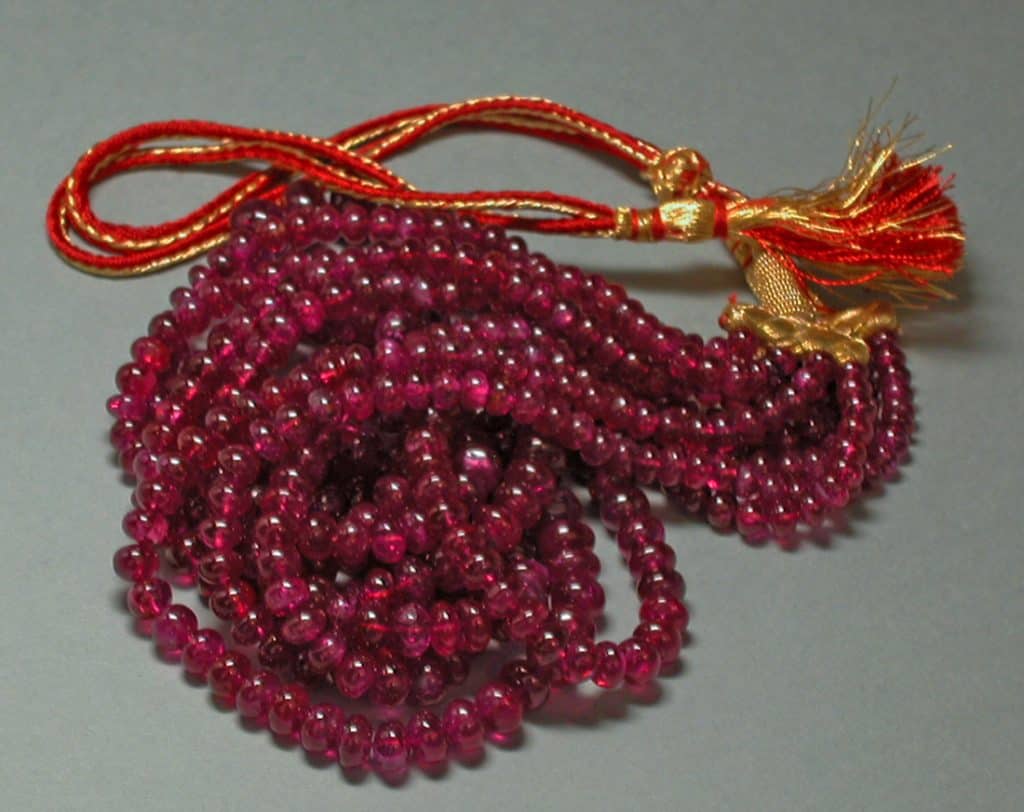
By far the most cases were encountered with rubies, especially unheated ones from Myanmar (Burma), which occasionally were found to show fissures mainly filled with oil or wax (Figure 2). Some purplish to pinkish rubies contained orange oil in fissures, with the aim of shifting the colour of the ruby into a more vibrant red (Figure 3).
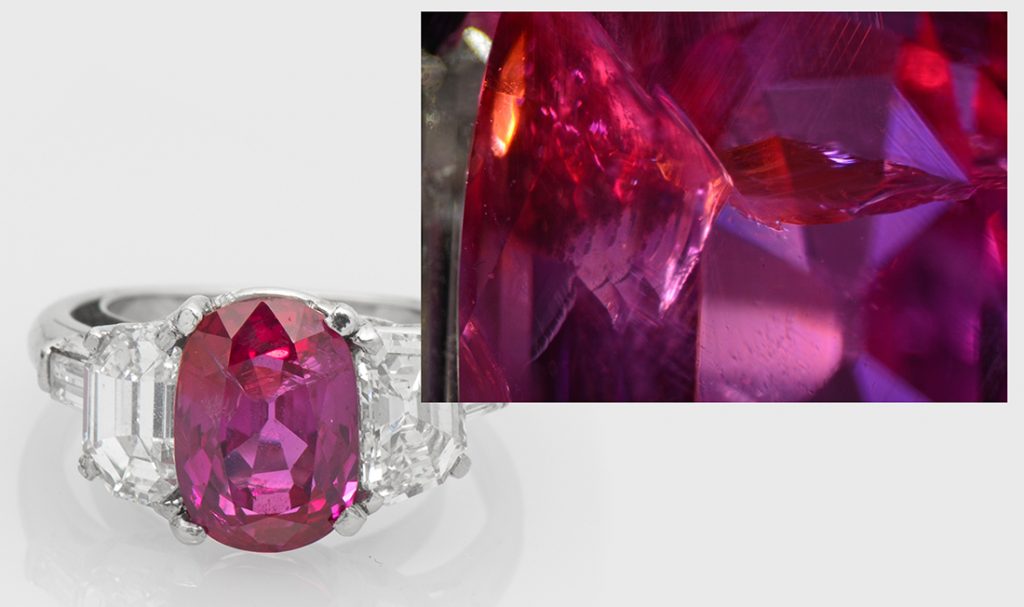
Identification of fissure fillers in rubies or other gemstones is based on the same analytical methods as for emeralds: a combination of FTIR, Raman microspectrometry, UV luminescence and meticulous microscopic observations (Figure 4). In some cases, the oil in these fissures may even spill out of the fissures when exposed to a hot needle (Hughes 2016) or even a hot light source (of the microscope).
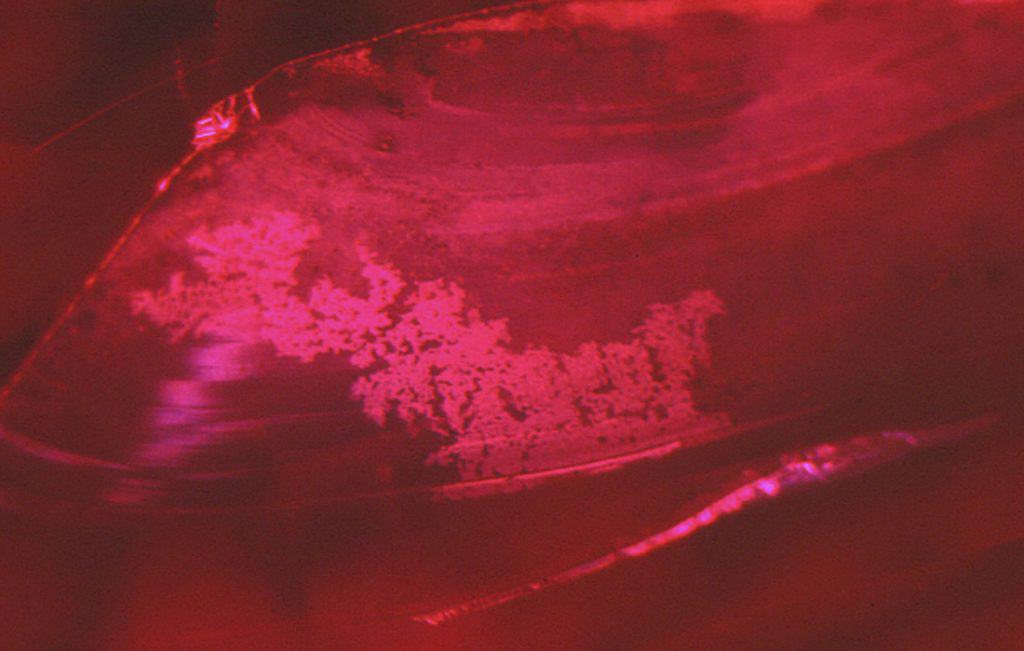
Based on our experience and gemmological literature on the history of treatments, the concept of filling fissures with a (colourless or even coloured) substance is quite old and may even be found in antique jewellery. Therefore we consider oil or wax in fissures a traditional treatment, which however still requires full disclosure. As such, the SSEF identifies and quantifies fissure filling in any gemstone, and comments about such clarity modification are reported using very similar wording and classification than for emeralds.
Want to learn more about rubies?
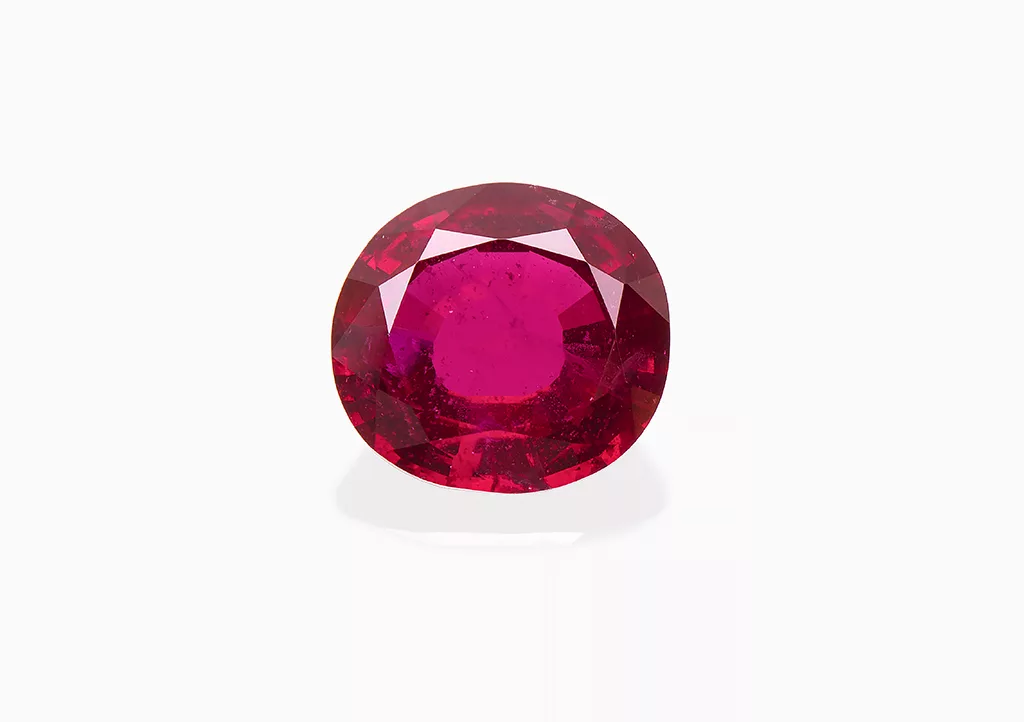
Sign up for our free online course: Introduction to rubies

